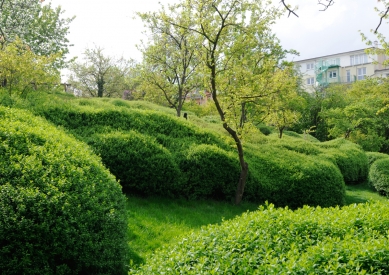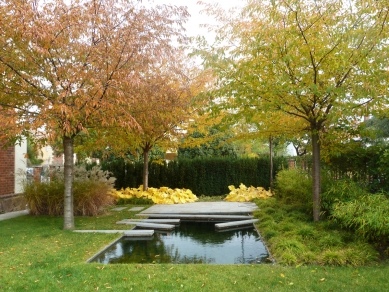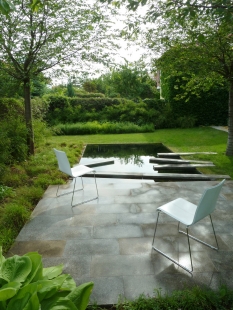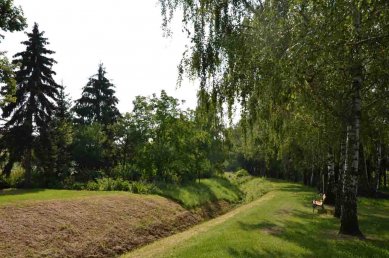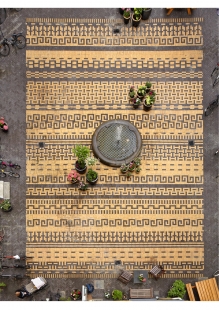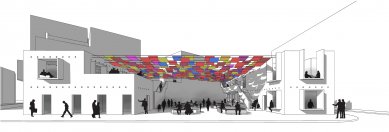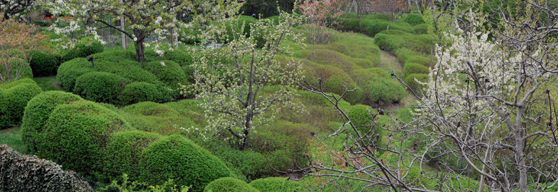 |
| Best Private Plots, 1st prize: Mann Landschaftsarchitekten, Germany, Garden Labyrinth |
There are very few competitions in the Czech Republic that aim to seek new and nonconformist solutions. And when it comes to the peripheral areas of landscape or garden design for us, there is not even a quality forum that would allow for comparing the approaches of creators and serve as inspiration and information for professionals and the general public. Our close neighbors in Austria, unlike us, realize how important private gardens are for the face of urban and rural landscapes. They appreciate the significance of gardens for environmental quality and for the positive feelings of the residents. I believe that all of this was behind the decision of the Lower Austrian government to organize and generously fund the international competition "Best Private Plots," focused on contemporary private gardens completed after 2002. With participation from many countries across all inhabited continents, it has been organized for the fifth year now. This year, an international jury evaluated 126 projects from twenty-six countries, including two projects from the Czech Republic.



